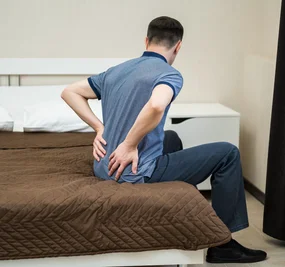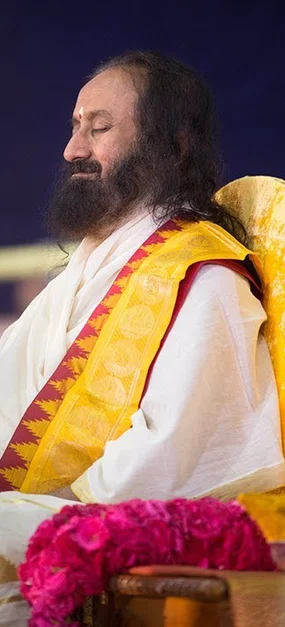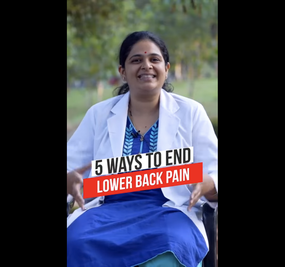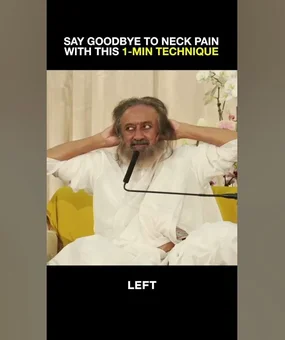I often heard my father pointing out to us, “Kubad nikal aayegi! Sit straight.” (You will develop a hunchback!). Earlier, people slouched only in old age. Why do people start slouching at a young age? Which postures are bad? How can poor posture harm you? Can we correct a bad posture?
Dr. Ankita Dhelia, Consultant Osteopath & Craniosacral Therapist, answers these questions for us to live a better life.
What are bad postures?

Firstly, understand that posture is the way a person sits, stands, walks, and lies down. A good posture is a vital part of your long-term health. A person with good posture puts the least strain on muscles and ligaments while stationary or moving.
Is slouching the only sign of bad posture?
No, slouching is just one of the many signs of a bad posture. Here, we have a list of common bad postures and ways to correct them.
1. Don’t tilt on one side. Ensure that the body weight is balanced on both legs while standing.
2. Don’t swing all the time backward and forward while standing. The heels of the toes have to bear a lot of weight, which harms the spine.
3. People who stand with their body bent back exert body weight totally on the heels. All of this affects your jaws and the gravity line.
4. Ensure that you are not doing one buttock sitting.
5. Don’t drag your feet or march while walking. Strike the heel first. Then the adult toe goes up.
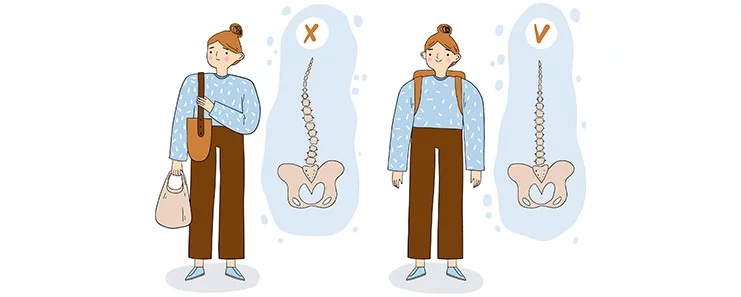
6. “Walk while you talk” (over a mobile) or carrying a bag on the shoulder or arm creates a poor posture. Only one arm swings, your head is tilted and you continue walking crookedly. Let both hands swing while you walk.
7. Some tend to walk weirdly with a forward protruded tummy. It puts strain on the neck and pelvis muscles.
8. While listening to something interesting, you might go in a fixed forward head posture. Be aware of it and come in a more balanced posture.
9. The beauty of body balance is that as soon as we become aware of our postural imbalance, the correction happens automatically.
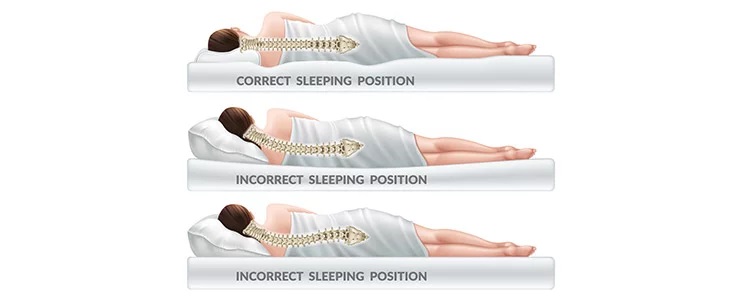
10. Sleeping on your tummy, arches your back, stretching your spine out of neutral alignment. If you sleep on the sides, use a pillow underneath the head and neck (not the shoulders) to keep your body in alignment.
11. Practice neck and back exercises and yoga asanas to help heal the pain and strengthen the neck and back muscles to avoid such issues.
How can a bad posture harm you?
Dr. Ankita suggests that a bad posture can be the root cause of some painful nightmares for many. If the alignment of the head and spine are improper, the neck inclines to exert pressure on the neck muscles, become injured, and/or have the degenerative effects of wear and tear over a long period. The blood vessels and nerves become constricted, aggravating issues with your muscles, discs, and joints. The continuous strain due to poor posture can lead to chronic neck and back pain.
In a bad posture, for example, sitting tilted, the muscles you use become stronger. The other muscles you don’t move efficiently elongate and weaken. This imbalance is the cause of neck and back injuries.
Dr. Ankita points out that this terrible pain doesn’t arise from one day of poor posture. Spinal issues occur with a long-standing bad habit for a long time, and you pick up something heavy or make one mistake. That’s sufficient for a neck and back injury to occur.
A spinal movement doesn’t move just one or two vertebrae. When you make a simple movement like a nod, it involves a sequential movement of several vertebrae. It means a single spinal movement will move many vertebrae together. So, making many controlled movements can move every spine segment smoothly.
Some key points of the Spine Care and Posture program
- Power walk
- Yogasanas & Pranayamas
- Exercises for the neck and back
- Correct walking patterns
- Posture Correction
- Acupressure
- Powerful Meditations







